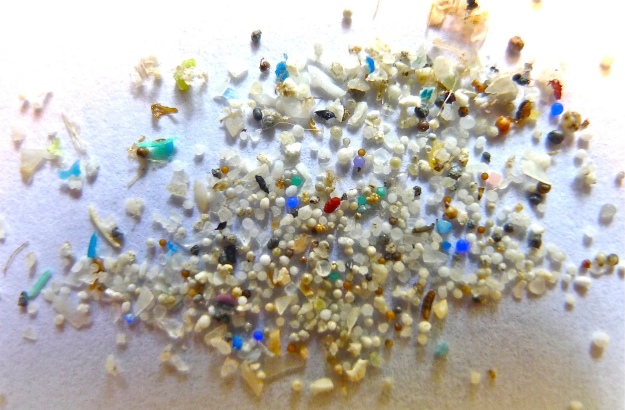The following post is one of a series spotlighting research presented at the in Rome, Italy (13-17 May 2018).
A guest post by Ana Marta Gonçalves, Nelson Abrantes, Alice Horton, and Claus Svendsen
 Plastics are an indispensable component of our daily lives due to their wide applications. As a consequence of improper handling or disposal, plastics may become dispersed in terrestrial and aquatic (water and sediment) systems, with rivers potentially transporting microplastics (MPs) to marine systems. The accumulation of plastics in these systems constitutes an emerging scientific and societal issue due to their ubiquity, high persistence and potential to cause ecological effects.
Plastics are an indispensable component of our daily lives due to their wide applications. As a consequence of improper handling or disposal, plastics may become dispersed in terrestrial and aquatic (water and sediment) systems, with rivers potentially transporting microplastics (MPs) to marine systems. The accumulation of plastics in these systems constitutes an emerging scientific and societal issue due to their ubiquity, high persistence and potential to cause ecological effects.

